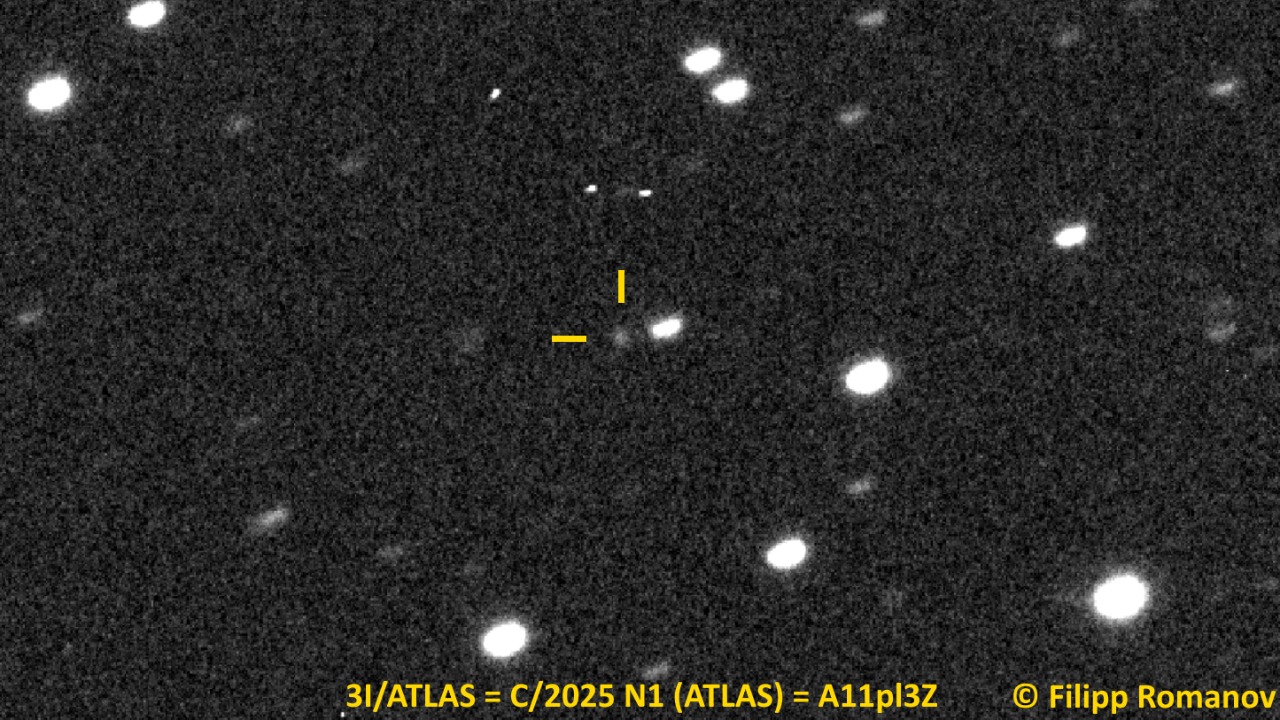
The Interstellar Comet 3I/ATLAS is on a trajectory bringing it closer to our planet, and intriguing new research suggests that it may not be the only celestial body of its kind on this path.
Overview of Interstellar Comet 3I/ATLAS

Interstellar Comet 3I/ATLAS, with its unique characteristics, is a fascinating subject for astronomers and space enthusiasts alike. Its size, makeup, and trajectory provide valuable insights into the nature of interstellar objects. As it gets closer to Earth, it presents a rare opportunity for scientists to study its composition and behavior in detail, potentially shedding light on the mysteries of the cosmos.
The significance of this event cannot be overstated. The approach of Interstellar Comet 3I/ATLAS could have far-reaching implications for future space exploration and our understanding of the universe. It offers a chance to observe and analyze an interstellar object up close, a prospect that could revolutionize our knowledge of these celestial bodies and their origins. source
Interstellar Comet 3I/ATLAS is believed to have originated from a different star system, making its journey towards us a testament to the vastness and interconnectedness of the cosmos. Its interstellar nature is confirmed by its hyperbolic trajectory, a path that is unbound by the Sun’s gravity. This trajectory is a clear indication that the comet is not native to our solar system and is merely passing through. source
Theories and Speculations Around Interstellar Comet 3I/ATLAS

As with any celestial event of this magnitude, Interstellar Comet 3I/ATLAS has sparked a number of theories and speculations. One such theory suggests that it might not be alone, hinting at the possibility of other interstellar comets following a similar path. This idea, while not yet confirmed, adds an extra layer of intrigue to the event.
Another speculation, albeit less prevalent, is the notion that Interstellar Comet 3I/ATLAS could be an alien spacecraft. While this theory is not widely accepted, it contributes to the overall mystery and fascination surrounding the comet. These theories, whether plausible or far-fetched, underscore the enigmatic nature of interstellar objects and our desire to understand them. source
Some scientists speculate that the presence of Interstellar Comet 3I/ATLAS, and potentially others like it, could be an indication of a larger population of such objects in the cosmos. If this is the case, it could mean that our solar system is not as isolated as we once thought. This theory, if proven, would not only change our understanding of the universe but also impact future space missions and the search for extraterrestrial life. source
Research and Findings on Interstellar Comets

Recent research has suggested the likelihood of other interstellar comets following a similar path as 3I/ATLAS. This hypothesis, if confirmed, could significantly expand our understanding of the universe and the frequency of interstellar objects passing through our solar system.
The methods and technology used in the research and detection of such comets are continually evolving, allowing for more accurate and detailed observations. These advancements could lead to the discovery of more interstellar comets in the future, providing further opportunities for study and exploration. The potential implications of these findings are vast, promising to reshape our understanding of the universe and our place within it. source
Interstellar Comet 3I/ATLAS is not the first of its kind to be detected. In 2017, astronomers discovered ‘Oumuamua, another interstellar object, although its classification as a comet is still debated. The detection of these objects has prompted a renewed interest in the study of interstellar comets, with scientists hoping to learn more about the formation and evolution of other star systems. The discovery of more such objects could potentially provide clues about the early stages of our own solar system. source